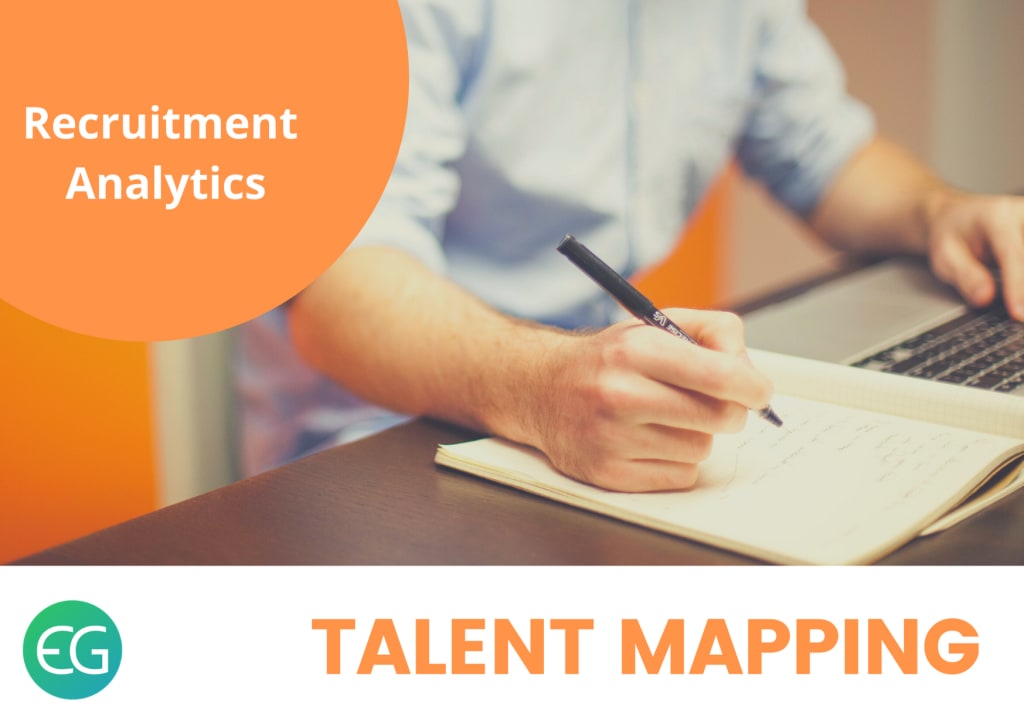Recruitment Metric: Talent Mapping
Talent Mapping is where an organization understands its present and future recruitment needs, and eventually maps out a wide pool of candidate talent.

Very often, HR departments recruit responsively or reactively—which means they just try to fill the positions as they open off. Talent mapping, then again, is a proactive methodology used to forecast long term recruitment needs and in this way develop organizational support for new jobs after some time. Basically, talent mapping overcomes any barrier between an organization’s objectives and the staff they should recruit to reach them.
Talent mapping is a significant skill inside the domain of current day modern recruitment. It is where an organization dissects their present and future recruitment needs, and eventually maps out a wide pool of candidate talent to address those issues. This isn’t a simple assignment, and commonly it can’t be understood without appropriate automatization.
Studies show that having a well-prepared talent pipeline of top quality candidates set up (before you need it) assists with improving quality, time to hire and cost per employee. Characterizing your serious scene and competitor profile early will permit you to associate with dormant occupation searchers. It moves you to be proactive from being receptive. Talent Mapping is a procedure of gathering market data of forthcoming and prospective applicants inside a defined target association, further separated into fragmented gatherings or groups including organograms. This is a specially crafted answer for customers that can encourage dynamic on account of secret enlistment, current/future tasks and so forth.
A definitive point of external talent mapping is building a talent pipeline. This empowers you to make a few vital recruits over a prolonged period, and just when the requirements emerge. Commonly conveyed by a recruitment consultant, the strategy recognizes that distinguishing the suitable candidate for various potential opportunities, requires a huge pool of applicants. Frequently, those connected with during the talent mapping process are routinely contacted by the organization over several months and years, which means when a quick requirement emerges, the recruitment representative isn’t exclusively dependent upon building new relationships or selling opportunities to the market.
Gathering market intelligence and getting an understanding of the capacities of your competition is a key goal of a talent mapping process. When an internal talent map distinguishes holes in the plan and potential future holes that could develop, it turns into the basic foundation to examine the organizations, enterprises, and individuals on an on-going basis. This can include looking at, for instance, the structure of your contenders and their teams and organizational structures, exploring remuneration and advantages patterns, just as preparing and advancement plans. Amassing this insight can give organizations a point by point and all-encompassing perspective available for ability, expanding the odds of recruiting the most flawlessly awesome up-and-comers. It empowers conclusive recruiting, while at the same time assembling a reasonable establishment for progression arranging.
Trend analysts recommend Artificial Intelligence (AI) and big data is fuelling development in recruitment technology, making increasingly sophisticated improvement and data analytics tools that can be utilized for talent mapping works out. What’s more, organizations that put carefully in the best tools and experts, will situate themselves at the forefront of the business.
The true value of talent mapping is directly proportional to its ability to assist you with anticipating future HR needs. For instance, a designing firm may need to build its ability to work with certain technologies or a product firm should enlist software engineers who know about specific computer languages. Where are your field and your organization headed in the following five, ten, or twenty years? What abilities will





Comments
There are no comments for this story
Be the first to respond and start the conversation.